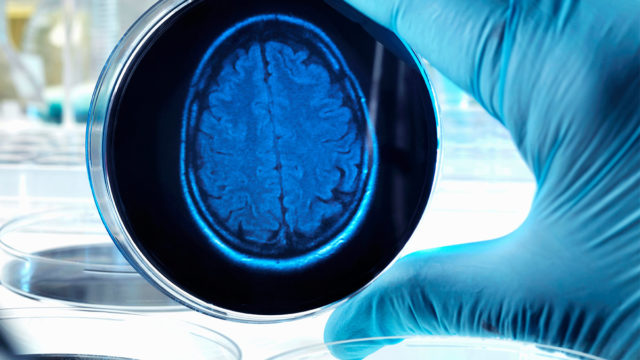Special Report: The technology has the potential to unlock advanced memory storage solutions for smart-sensor and robotics devices.
Among its suite of exciting project developments, venture tech company Strategic Elements (ASX:SOR) is breaking new ground in the field of neuromorphic memory technology.
This morning, the company announced that its leading research team at the University of NSW (UNSW) reported strong results from a proof-of-concept study, which tested its effectiveness in a number of commercial applications.
Shares in the company rose by around 10 per cent at the opening bell to more than 60c.
The printable memory technology is based on SOR’s patented Nanocube Memory Ink technology – a transparent ink containing billions of particles.
When printed on surfaces (such as silicon) with electrodes, the Ink provides an advanced form of memory storage and data processing technology.
In its latest study, the UNSW team fabricated a neuromorphic memristor device with the Nanocube Ink.
The memristor device “mimics the information-transmitting synapses in the human brain to carry out complex computational tasks”, SOR said.
While artificial neural networks are not uncommon, most only exist as software. That differentiates SOR’s proof-of-concept study, which focused on the design of neural network hardware that is flexible and low-cost.
“These features are ideally suited to robotics and computer vision applications,” SOR said.
When the memristor device was fabricated, the research team programmed a ‘pulse’ algorithm designed to an artificial synapse — mimicking neurons firing in the human brain.
Through 5,000 pulse cycles and 100,000 ‘spikes’ (positive and negative voltages), “no significant degradation was observed”, SOR said.
In addition, the artificial synapse showed the ability to switch up to 10 resistance states per cell.
“This is an important feature, as neuromorphic computing systems designed for complex applications such as image processing require multiple resistance states,” SOR said.
Such features are crucial for the application of the technology in fields such as image processing, smart sensors and soft-robotics.
The net result is that the UNSW research team demonstrated “significant advancement” in lowering power consumption in advanced hardware devices.
In fact, it demonstrated effectiveness at such lower power that “battery or energy-harvesting technologies (such as humidity) could potentially be used as a power source”, SOR said.
Looking ahead, SOR will now investigate possible research synergies between the computer vision at robotics team at its subsidiary Stealth Technologies, and the UNSW team.
Additional research will also be conducted to further lower the temperature required in the manufacturing process.
The UNSW team will also look to fabricate the Memory Ink on flexible substrates and increase the number of artificial synapses to “meet the requirements of image recognition and tactile touch sensors in robotics”.
This article was developed in collaboration with Strategic Elements, a Stockhead advertiser at the time of publishing.
This article does not constitute financial product advice. You should consider obtaining independent advice before making any financial decisions.
You might be interested in











